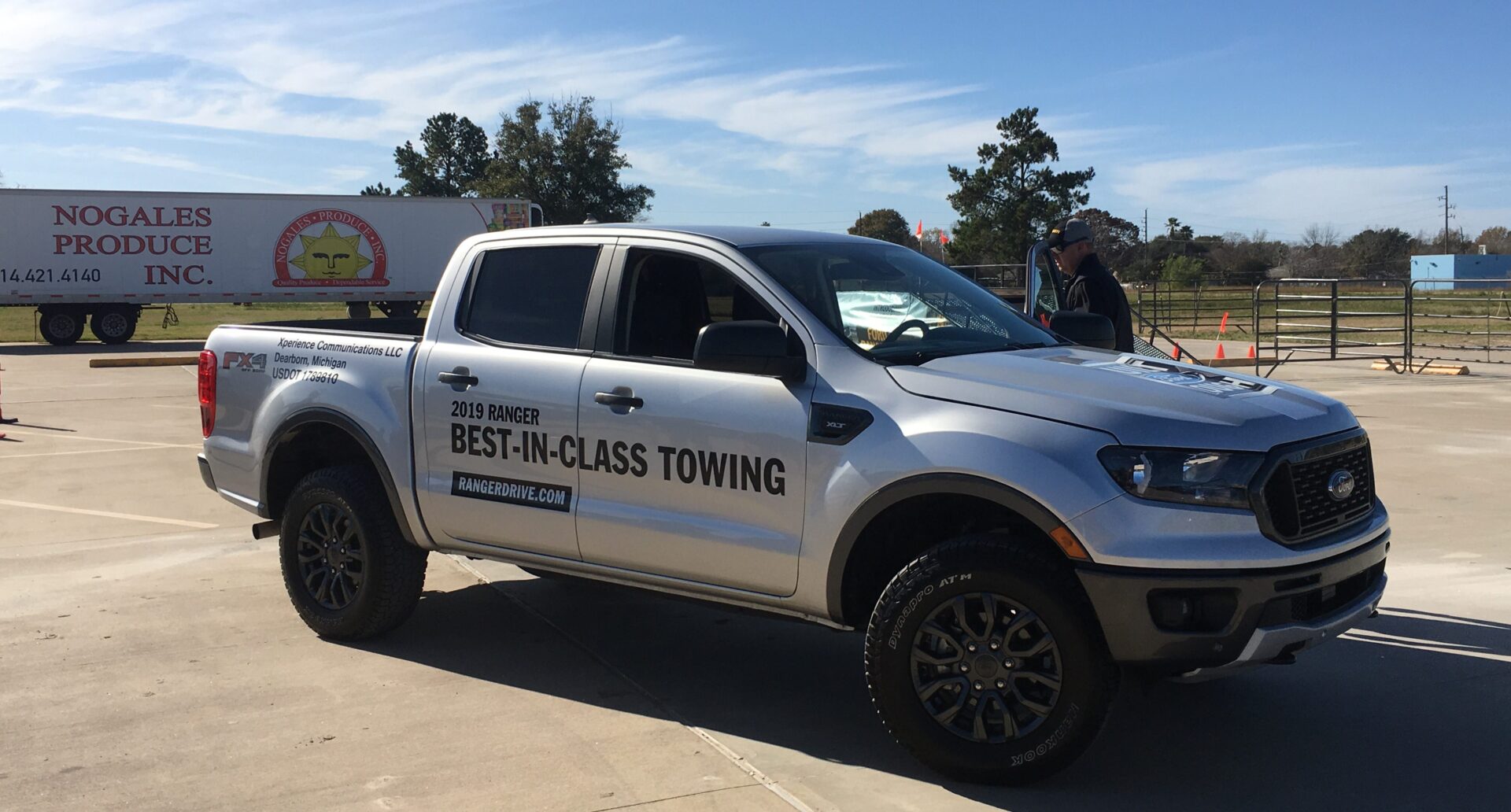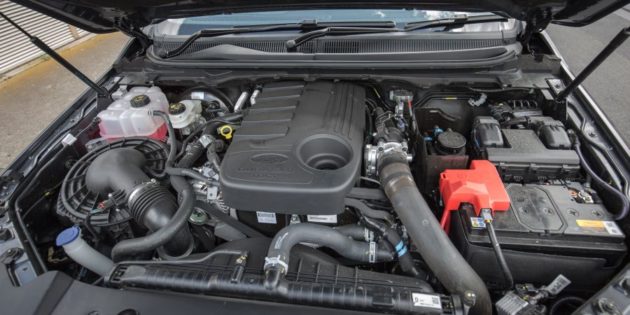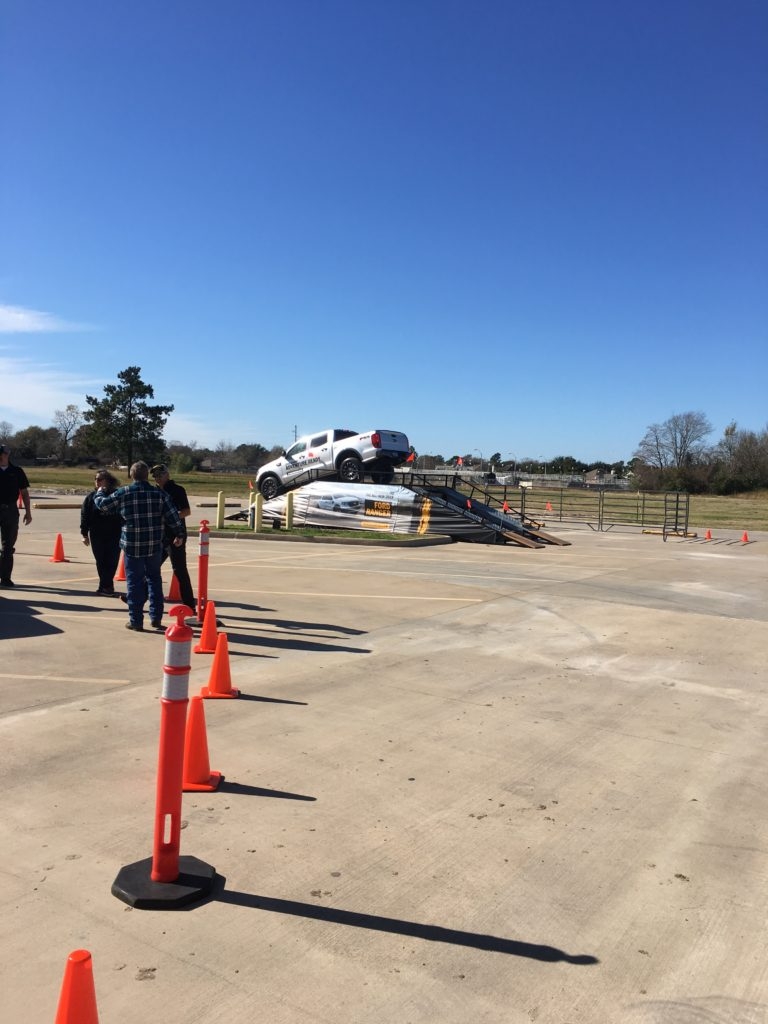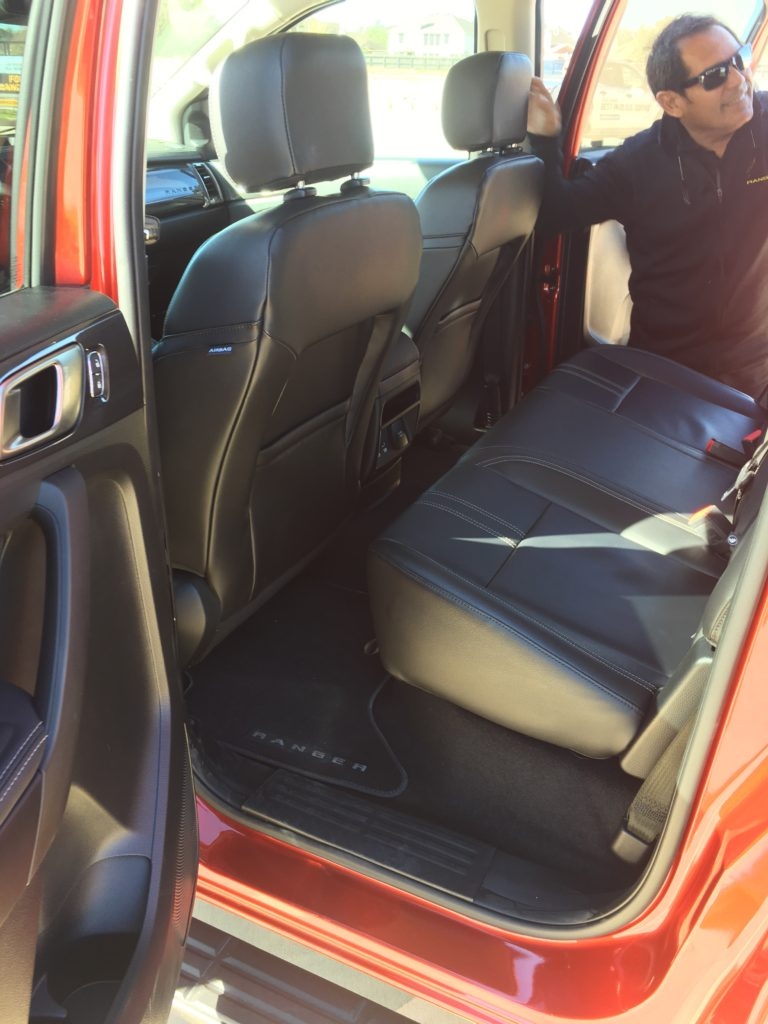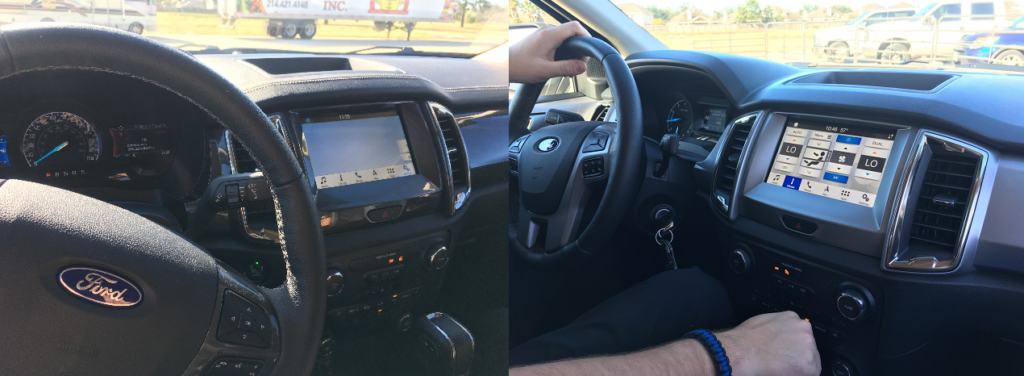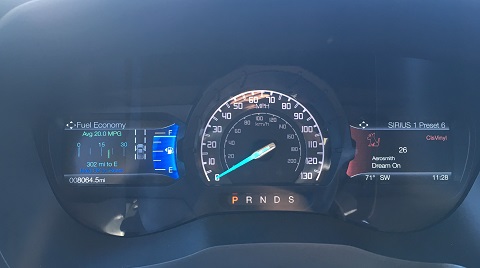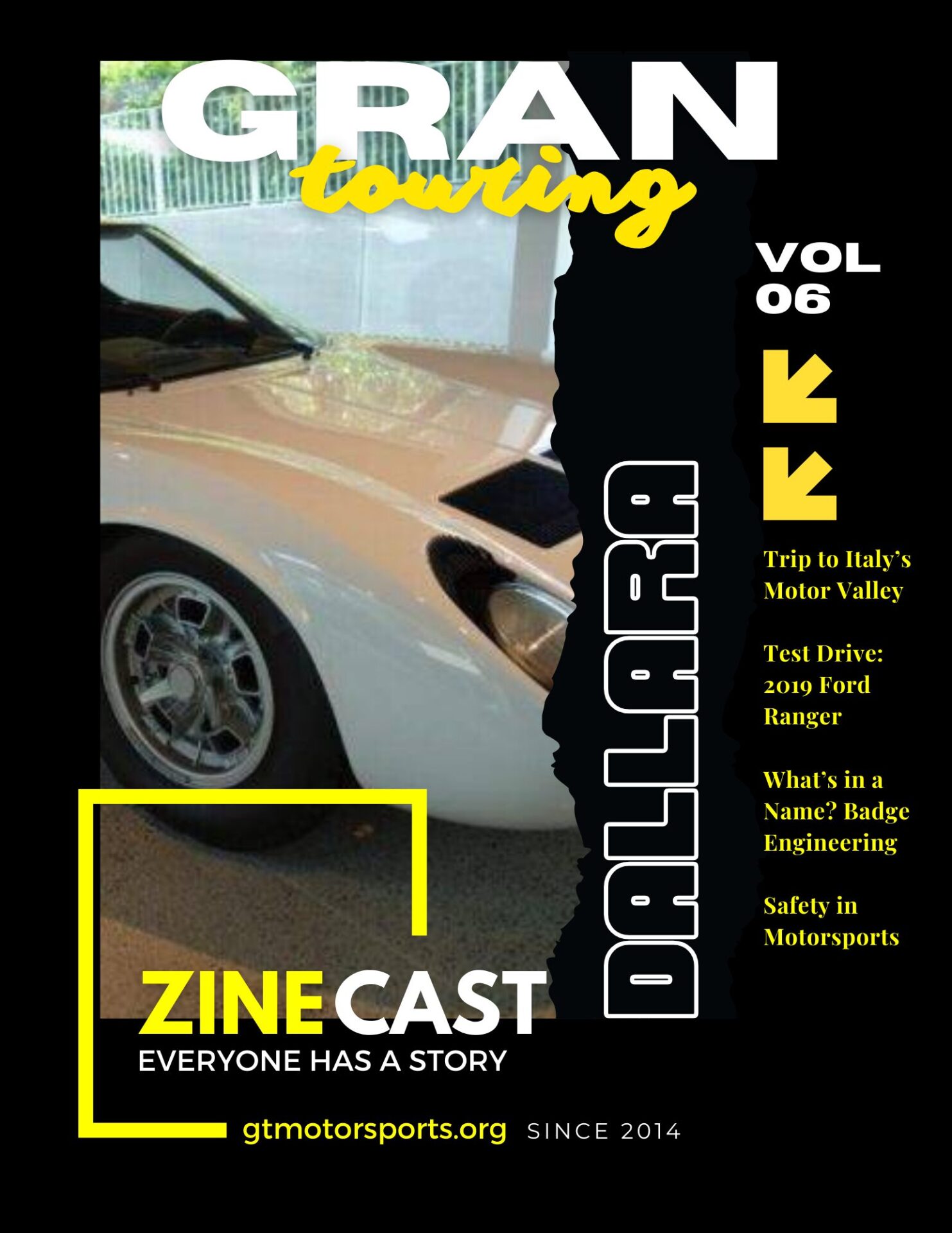Everything is bigger in TEXAS.
… and buying more pickup trucks than any other state is just one more thing to add to that list. One out of every 4 vehicles sold in Texas are pickups. So it makes perfect sense that Ford choose Houston, the 4th largest city in the US, as the place to show off the new (2019) Ford Ranger.
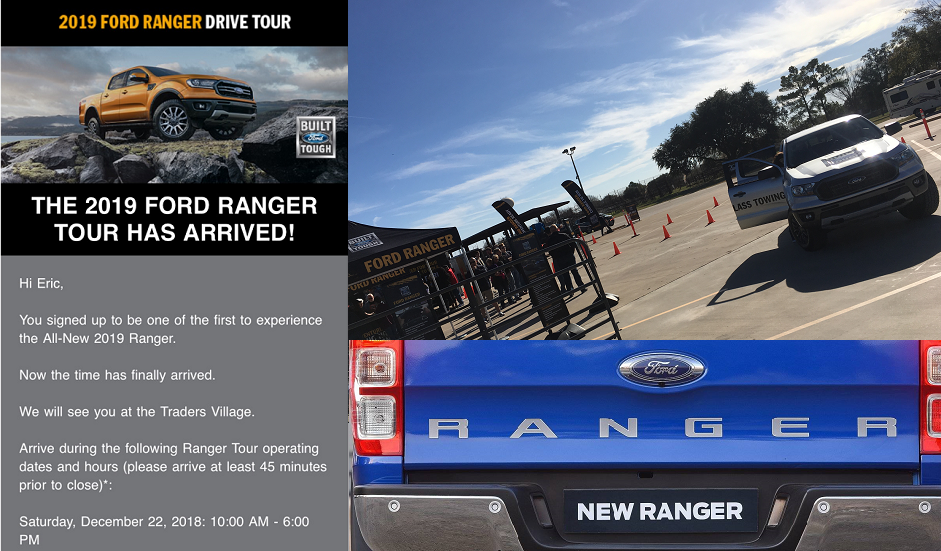
NE Region Chief Harry B tipped us off to this exclusive event, and we were keen to check out it. Being a sports car enthusiast, I don’t generally get excited about new truck lines, but when you frame it in the context of “Could this be a new alternative for a track day toy hauler?” – you have my attention. Being more of a Mopar fan, the reintroduction of the “Comanche“ is more my style, but I have always appreciated the Ranger, so #sendit.
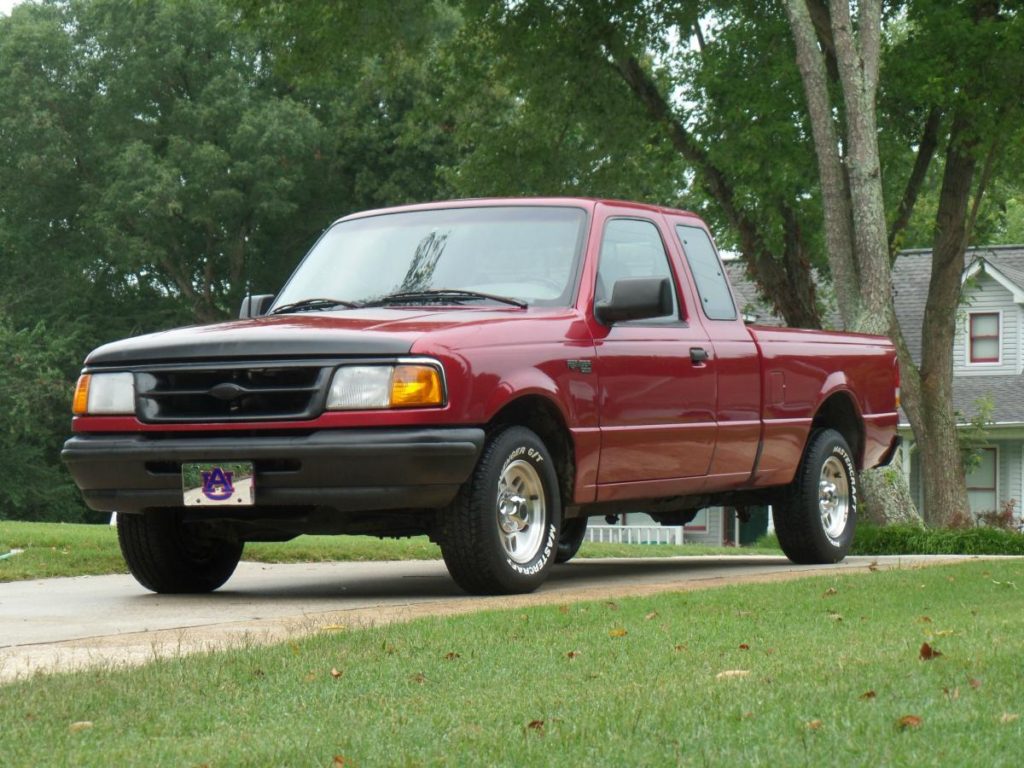
Ford introduced the Ranger in 1983, and discontinued production in the US/Canada of the 3rd generation (above) Rangers in 2011. Much like the return of the Bronco (slated for 2020), people have been waiting 8 years for the Ranger’s return to America even though the 4th generation Ranger has been available in Europe since 2015.
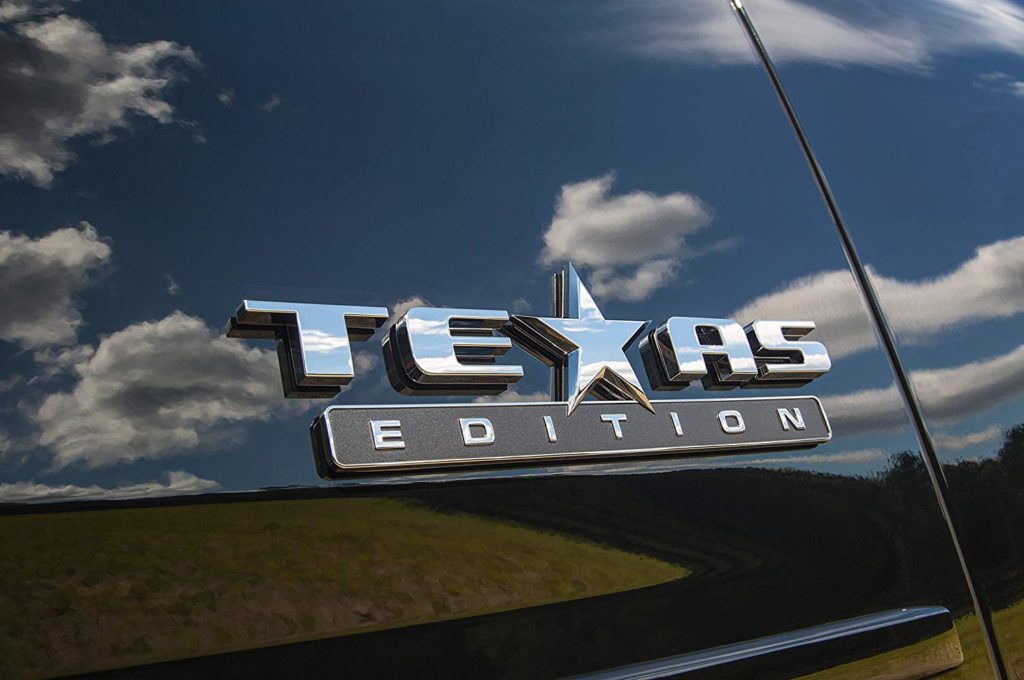
In some cases it seems like manufacturers have divided their national truck marketing into North, East, West, and Texas. With slogans like “Built Texas Tough” – “Built by Texans for Texans” – and various Texas inspired special editions like Ford’s F350 “King Ranch”, Chevy’s “Texas Edition” Silverado and let us not forget Dodge’s “Lone Star Edition” 2500. But compared to the fully decked out pickups like the F-250, Silverado and Ram 2500 many with Power Stroke, Duramax or Cummins diesel engines dominating the roads in Texas, how does the smaller Ranger compare?
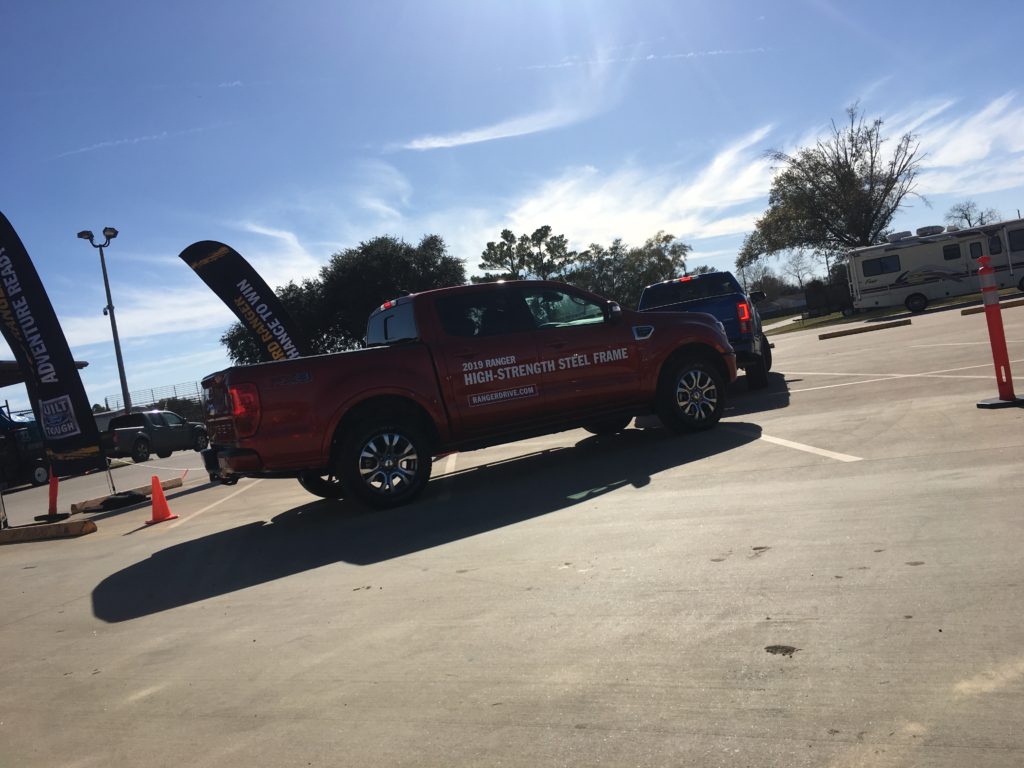
The 2019 Ford Ranger, at a glance…
- Powered by a 2.3 litre, Eco-boost (turbo), 4-cylinder which is currently shared with the Focus RS and Mustang, mated with an all-new 10-speed Automatic Transmission.

- Ford has re-tuned the 2.3 Eco-boost with different cams, a forged crankshaft, and purpose-driven engine software for better towing/torque numbers producing 275 bhp and 310 ft.lbs. The engine is peppy but even if they pumped V8 acoustics into the cabin like other car manufacturers have allegedly done, there’s no denying it’s still a 4-cylinder. The transmission is exceptionally smooth, making it hard to know when its shifting and what gear it’s holding.
- There is no diesel option for the Ranger like there is in Europe, rumor has it that the 2.7 litre Eco-boost used in the Lincoln MK-X, Ford Edge, and others may be available later.
- You’ll have to wait even longer for the “Raptor” version of the Ranger, *maybe* after the Bronco debuts.
- Ford is boasting “best-in-class” towing against the Chevy Colorado and Toyota Tacoma at 7500#. The Ford reps contend that if you compare the other offerings against the Ranger it comes out on top. “To get the same towing capacity you have to get the V6 in the Tacoma and the Diesel in the Colorado.”
- Speaking with the folks that have been driving these pre-production Rangers across America, the Rangers have been averaging 25 MPG in real-world conditions. “Towing a nearly 7000# enclosed trailer at 70 mph the Ranger is getting about 9.5 MPG” – boasts one of the drivers.
- The Ranger comes with a Class 4 hitch as well as trailer brake controller and 7 & 4-pin connectors.
- You are locked in with the spring/braking package that Ford has chosen, there is no “HD” option currently.
- The FX4 package (as driven) comes with a slightly more off-road appearance package, under cladding, smash bar and skid plate along with 8.9″ of ground clearance over the base ride height of 8.4″ The 4×4 system keeps the Ranger in 2H (2-wheel-drive High) unless you turn the dial to select 4L/4H.
- The FX4 package also comes with an “automatic hill ascent” (and descent) feature. Part of the Ranger test day was a 22-degree climb that was completely controlled by the off-road system. Leveraging the cruise/braking systems to cross the hump without the need of driver.

- The 210″ overall length makes the Ranger a couple inches shorter than its competitors. During the “turning radius exercise” part of our test drive, I was impressed to see that the Ranger has an extremely tight turning circle, better than most SUVs and trucks in its class. By comparison, it turns like a small econo-box making it easy to maneuver and park.
- The Ranger will be offered in crew and extended cab versions. The Crew Cab version comes with a shorter 5 foot bed; while the extended cab version will gain you back ~1.5′ of cargo space.
- Rear seating in the crew cab (4-door) was just enough to let me sit behind my myself. Had it not been for the beveled seat backs (seen below) my knees would have been against the seat, and more importantly at 5’11”, anyone taller either up front or in back would have been in for a tight fit.

- There are currently no sunroof options for the Ranger.
- The interior of the Ranger is very similar to the outgoing Ford Fusion that I recently reviewed.

- It even shares the Fusion’s same instrument cluster and SYNC-3 system – and No Tach!

- The Ranger will be offered in XL, XLT (as test driven) and Lariat versions, with a starting price of $32k and a “fully loaded” price tag closer to $45k. Pre-orders are already being filed, and most dealerships will be receiving the more plush versions of the Ranger first, meaning “economy and work-truck” versions will have to be special ordered.
- More pictures from my Ranger Test Drive are available on Shutterfly.
First Impressions
The Ranger is easy to drive, and doesn’t feel like a Truck. It drives well, visibility is good and it’s rather comfortable. Comparing it to 2nd & 3rd generation Rangers which were parked in the lot close-by, the new Ranger is size-wise on par with older F150s – It’s by no means the “small pickup” we remember. Ride comfort aside, the engine – though peppy – is still a turbo-4 that makes you realize how heavy the Ranger is. But 25 MPG from a Truck this size with a gas engine isn’t anything to sneeze at, but I think it may have been better suited with the 2.7 litre eco-boost right out of the box. The 4-cylinder does make sense, *if* you’re going to use the Ranger as your primary vehicle with occasional trips to the hardware store and camping/fishing trips on the weekend. I would not rush to trade in my SUV for the Ranger as a “family hauler” alternative either.
That being said, if I were in the market for a Truck and knowing my audience and what we do with our rigs… I would much rather have a lower end model F-150, and here’s why: with a 4-door (super cab) and 5.5′ bed, the base F-150 with the 3.3 litre eco-boost clocks in at $34k (using Fords Build & Price app) and carries a 10,000# towing capacity. Despite being physically larger, the F-150 is a much more versatile every day truck. It can be used to pull your track toy/camper, go to work, haul your family and the dog, or be used as a company work vehicle. But what if you don’t want something as large as an F-150? – Knowing owners of and experiencing the Duramax version of the Colorado firsthand, I see that as a better alternative (despite the heavy upfront price tag) to the Ranger, if you’re looking for a smaller “do everything” pickup; and that’s mainly because of the Ranger’s current engine.
I feel that the Ranger is a “great but late” alternative into the smaller pickup vertical when compared to its class members the Colorado and the Tacoma. The best of luck to Ford, because “If you can make it in Texas, you can make it anywhere” – twisting the phrase originally coined for New Yorkers – because that’s the challenge laid out for the Ranger.


